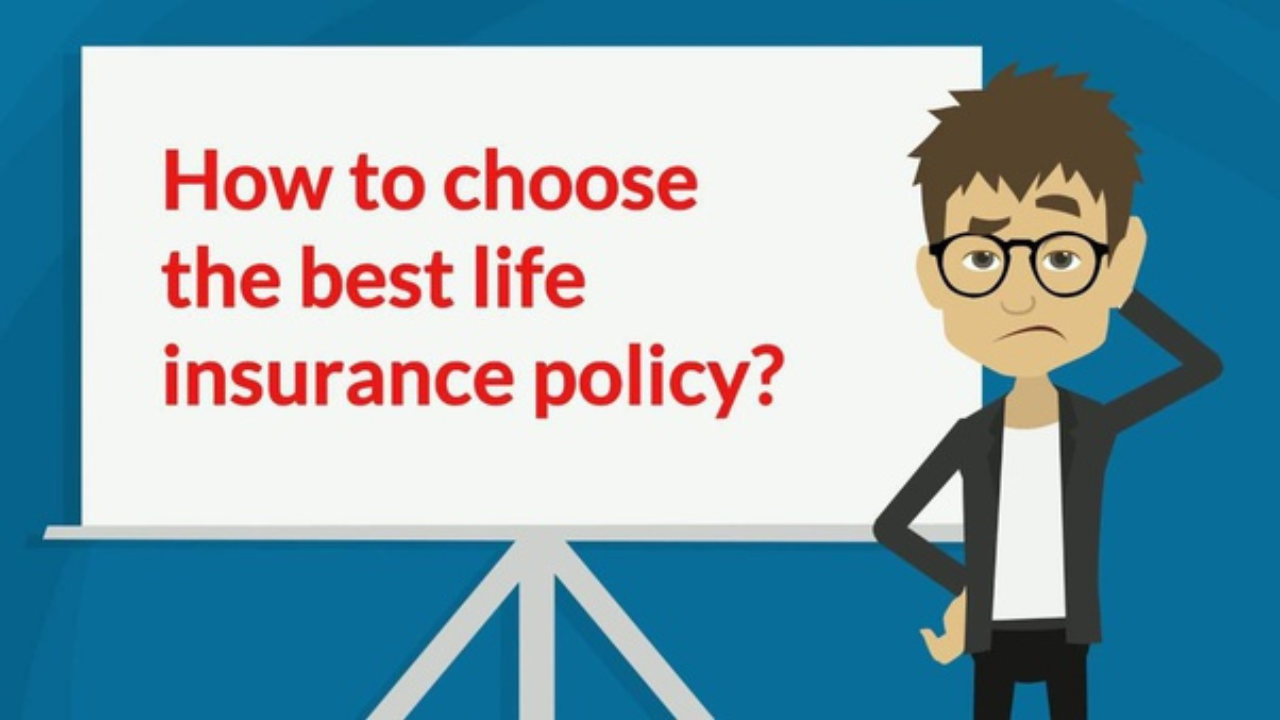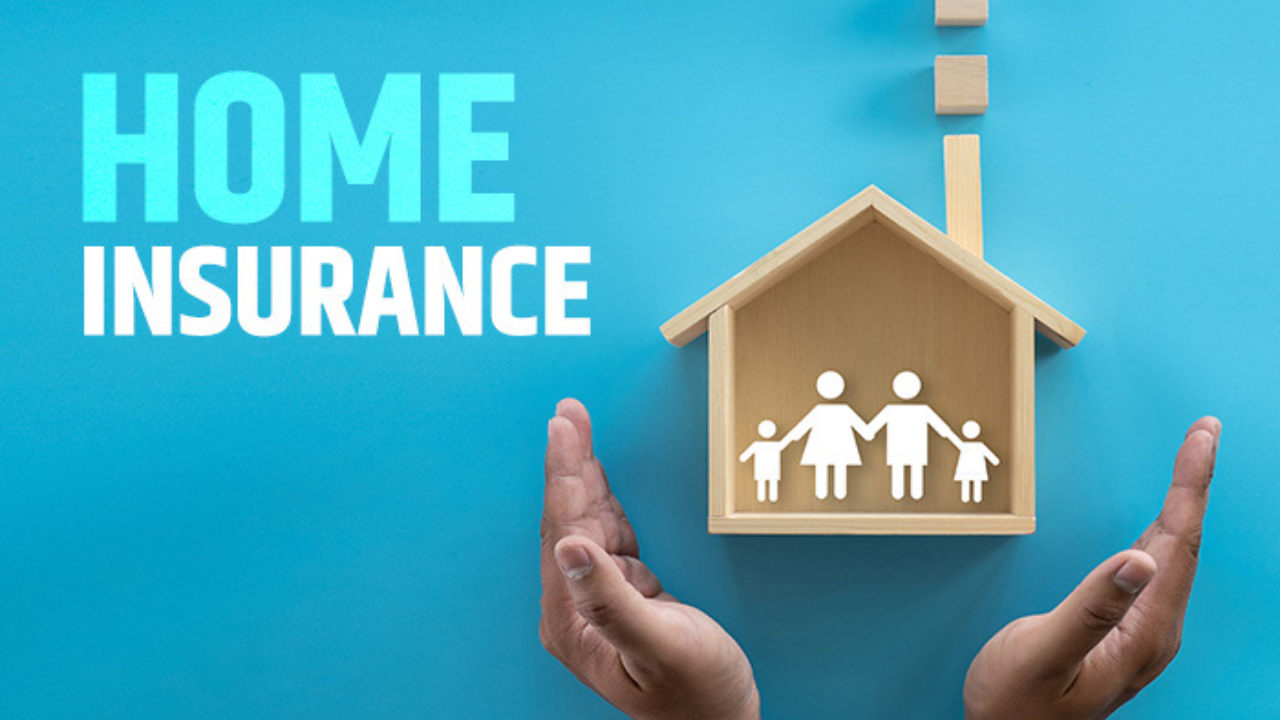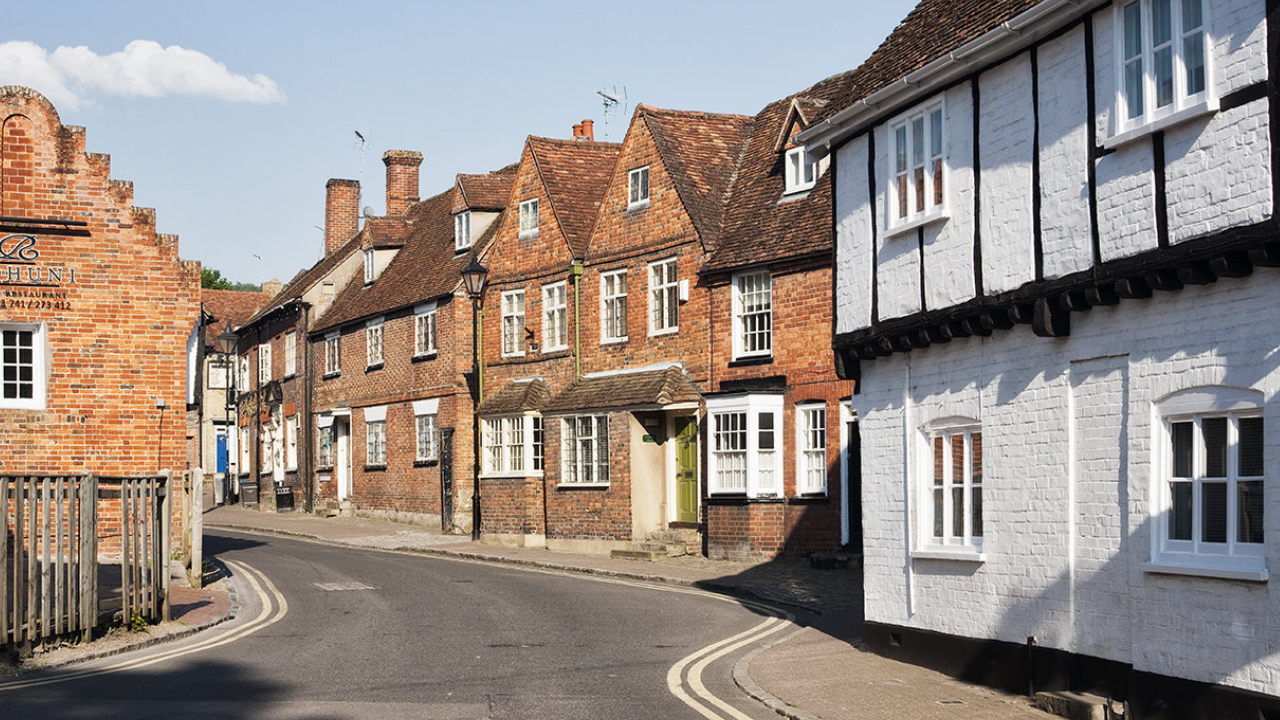Home insurance is essential for safeguarding one of your most significant investments—your home. It provides financial protection against losses and damages to your property, covering various risks such as fire, theft, and natural disasters. In this comprehensive guide, we delve into the intricacies of home insurance, ensuring you have all the information needed to make an informed decision.
Types of Home Insurance Policies
Homeowners Insurance
Homeowners insurance is designed for individuals who own their homes. It typically covers the structure of the house, personal belongings, and liability for any accidents that occur on the property.
Renters Insurance
Renters insurance is tailored for tenants. It protects personal belongings and provides liability coverage, but it does not cover the structure of the building, which is the landlord’s responsibility.
Condo Insurance
Condo insurance, or HO-6 insurance, is for condominium owners. It covers personal property, interior walls, floors, and ceilings. Additionally, it includes liability coverage and protection against certain types of damages.
Mobile Home Insurance
Mobile home insurance covers manufactured homes. It provides similar protections as homeowners insurance but is specifically designed for the unique risks associated with mobile homes.
Key Components of Home Insurance Policies

Dwelling Coverage
Dwelling coverage protects the physical structure of your home, including walls, roof, and built-in appliances. It is crucial to ensure that your dwelling coverage amount reflects the cost to rebuild your home in the event of a total loss.
Personal Property Coverage
Personal property coverage reimburses you for the loss of personal belongings such as furniture, electronics, and clothing. It’s important to take an inventory of your possessions to determine the appropriate coverage amount.
Liability Protection
Liability protection covers legal expenses and damages if someone is injured on your property or if you accidentally cause damage to someone else’s property. This coverage is vital for protecting your financial assets.
Additional Living Expenses (ALE) Coverage
ALE coverage pays for temporary living expenses if your home becomes uninhabitable due to a covered peril. This includes hotel bills, restaurant meals, and other costs incurred while your home is being repaired.
Medical Payments Coverage
Medical payments coverage pays for medical expenses if a guest is injured on your property, regardless of who is at fault. This coverage helps avoid costly lawsuits and out-of-pocket expenses.
Factors Influencing Home Insurance Premiums
Location
The location of your home significantly impacts your insurance premiums. Homes in areas prone to natural disasters or with high crime rates generally have higher premiums.
Home’s Age and Condition
Older homes or homes in poor condition may have higher premiums due to the increased risk of damage. Upgrading your home’s electrical, plumbing, and roofing systems can help lower your premiums.
Coverage Amount
The more coverage you need, the higher your premiums will be. It’s essential to balance adequate coverage with affordability to ensure your home is protected without breaking the bank.
Deductible Amount
A higher deductible typically results in lower premiums. However, it’s crucial to choose a deductible amount that you can afford to pay out of pocket in the event of a claim.
Claims History
A history of frequent claims can increase your premiums. Insurers may view you as a higher risk, leading to higher rates.
How to Choose the Right Home Insurance Policy

Assess Your Needs
Determine what type of coverage you need based on your home’s value, location, and personal belongings. Consider any unique risks associated with your property.
Compare Quotes
Shop around and compare quotes from multiple insurance providers. Look for policies that offer the best coverage at a competitive price.
Check Insurer’s Reputation
Research the reputation and financial stability of insurance companies. Read customer reviews and check ratings from independent agencies to ensure you choose a reliable insurer.
Review Policy Details
Carefully review the policy details, including coverage limits, exclusions, and endorsements. Ensure you understand what is covered and what is not.
Tips to Lower Home Insurance Premiums
Bundle Policies
Many insurers offer discounts if you bundle multiple policies, such as home and auto insurance. Bundling can lead to significant savings.
Improve Home Security
Installing security systems, smoke detectors, and deadbolt locks can reduce your premiums. These measures lower the risk of theft and damage, making your home less expensive to insure.
Increase Deductible
Opting for a higher deductible can lower your premiums. Ensure you have enough savings to cover the deductible in case of a claim.
Maintain Good Credit
A good credit score can help lower your insurance premiums. Insurers often use credit scores to assess risk, so maintaining good credit can lead to better rates.
Ask for Discounts
Inquire about available discounts for things like a claim-free history, senior citizens, or home improvements. Many insurers offer various discounts that can help reduce your premiums.
Filing a Home Insurance Claim
Document the Damage
Take photographs and make a detailed list of the damage to your property. This documentation is essential for filing a successful claim.
Contact Your Insurer
Notify your insurance company as soon as possible after the damage occurs. Provide them with all the necessary information and documentation.
Work with an Adjuster
An insurance adjuster will assess the damage and determine the payout amount. Cooperate with the adjuster and provide any additional information they request.
Make Temporary Repairs
If necessary, make temporary repairs to prevent further damage. Keep all receipts for these repairs, as they may be reimbursed by your insurance company.
Conclusion
Home insurance is a vital component of protecting your home and financial stability. By understanding the different types of policies, key components, and factors influencing premiums, you can make informed decisions to ensure your home is adequately covered. Regularly reviewing and updating your policy will help you maintain the right level of protection as your needs change.
Q: What is home insurance?
A: Home insurance, also known as homeowners insurance, is a type of property insurance that covers losses and damages to your home and its contents.
Q: What does home insurance cover?
A: Home insurance typically covers:
- Damage to your home’s structure (e.g., roof, walls, floors)
- Loss or damage to personal belongings (e.g., furniture, electronics, jewelry)
- Liability for accidents or injuries on your property
- Additional living expenses if you’re unable to live in your home due to damage
Q: What types of home insurance are available?
A: There are several types of home insurance policies, including:
- Basic: Covers only the home’s structure
- Broad: Covers the home’s structure and personal belongings
- Comprehensive: Covers the home’s structure, personal belongings, and additional features (e.g., sewer backup, earthquake damage)
Q: How much does home insurance cost?
A: The cost of home insurance varies depending on factors like:
- Location (e.g., high-risk flood areas)
- Home value and age
- Personal belongings value
- Deductible amount
- Coverage limits
Q: What is a deductible in home insurance?
A: A deductible is the amount you pay out-of-pocket when filing a claim. For example, if your deductible is $1,000 and the claim is for $10,000, you’ll pay $1,000, and the insurance company will pay $9,000.
Q: How can I lower my home insurance premium?
A: To lower your premium:
- Shop around for quotes
- Increase your deductible
- Improve your home’s security features (e.g., alarms, cameras)
- Bundle policies with the same insurance company
- Maintain a good credit score
Q: What is not covered by home insurance?
A: Typically, home insurance does not cover:
- Maintenance-related issues (e.g., worn-out plumbing)
- Intentional damage or theft by the homeowner
- Earthquake or flood damage (unless specifically added)
- Rodent or pest infestation
- Sewer backup (unless specifically added)
Q: How do I file a home insurance claim?
A: To file a claim:
- Contact your insurance company promptly
- Document damage with photos and videos
- Provide detailed descriptions of damaged items
- Submit the claim form and supporting documents
Q: How long does it take to settle a home insurance claim?
A: The time to settle a claim varies depending on the complexity of the claim and the insurance company’s processing time. It can take anywhere from a few days to several weeks or even months.







